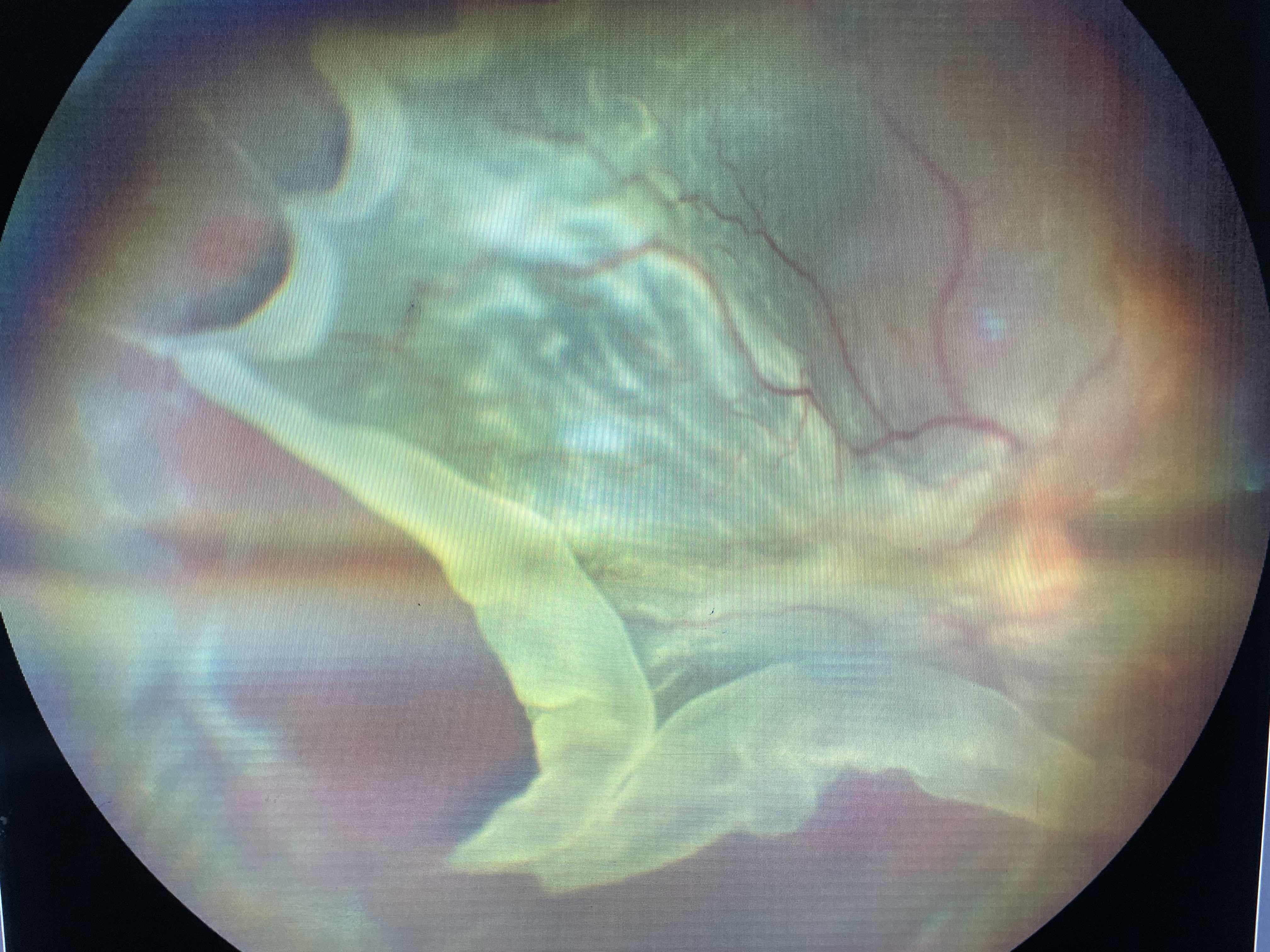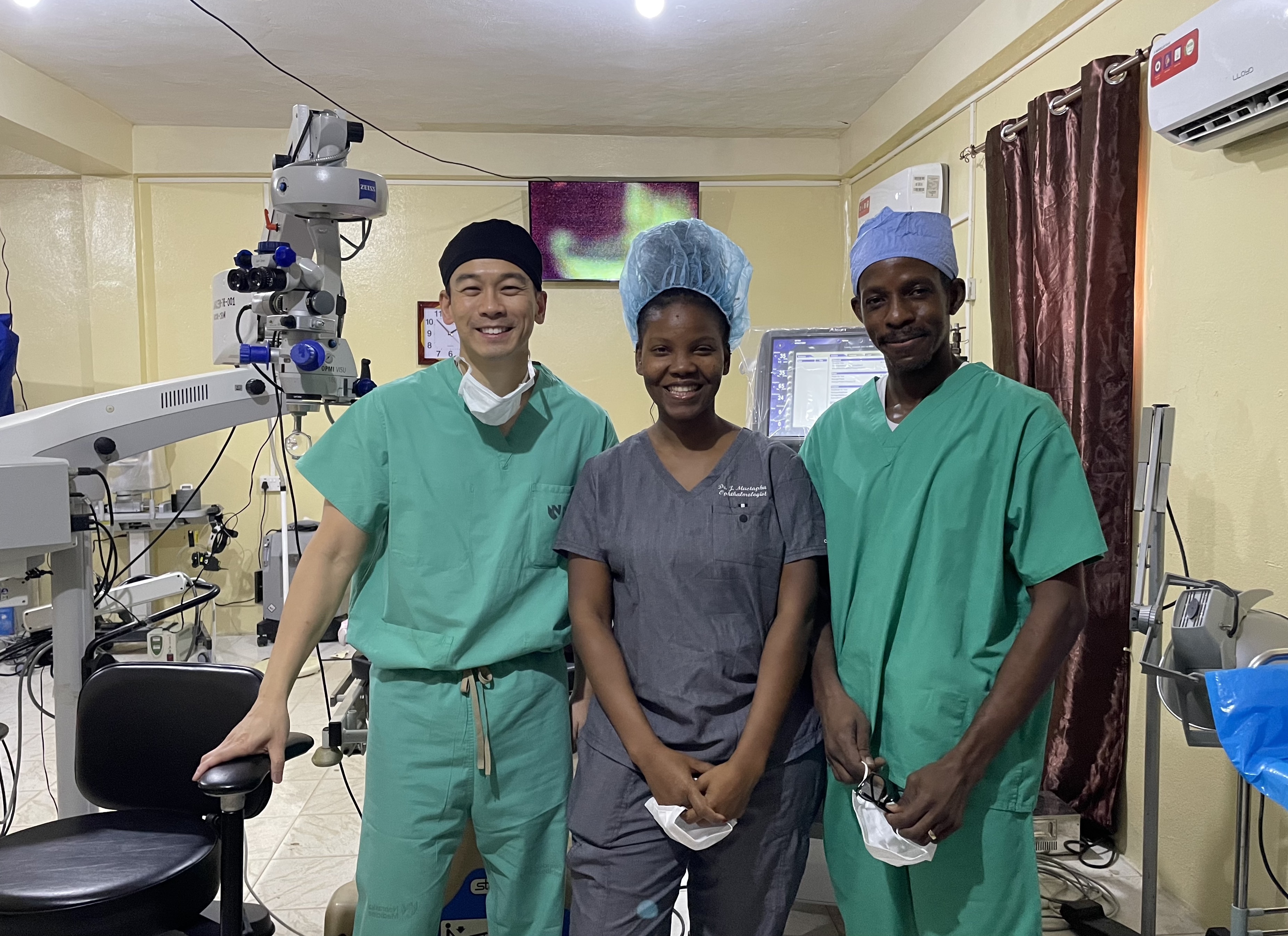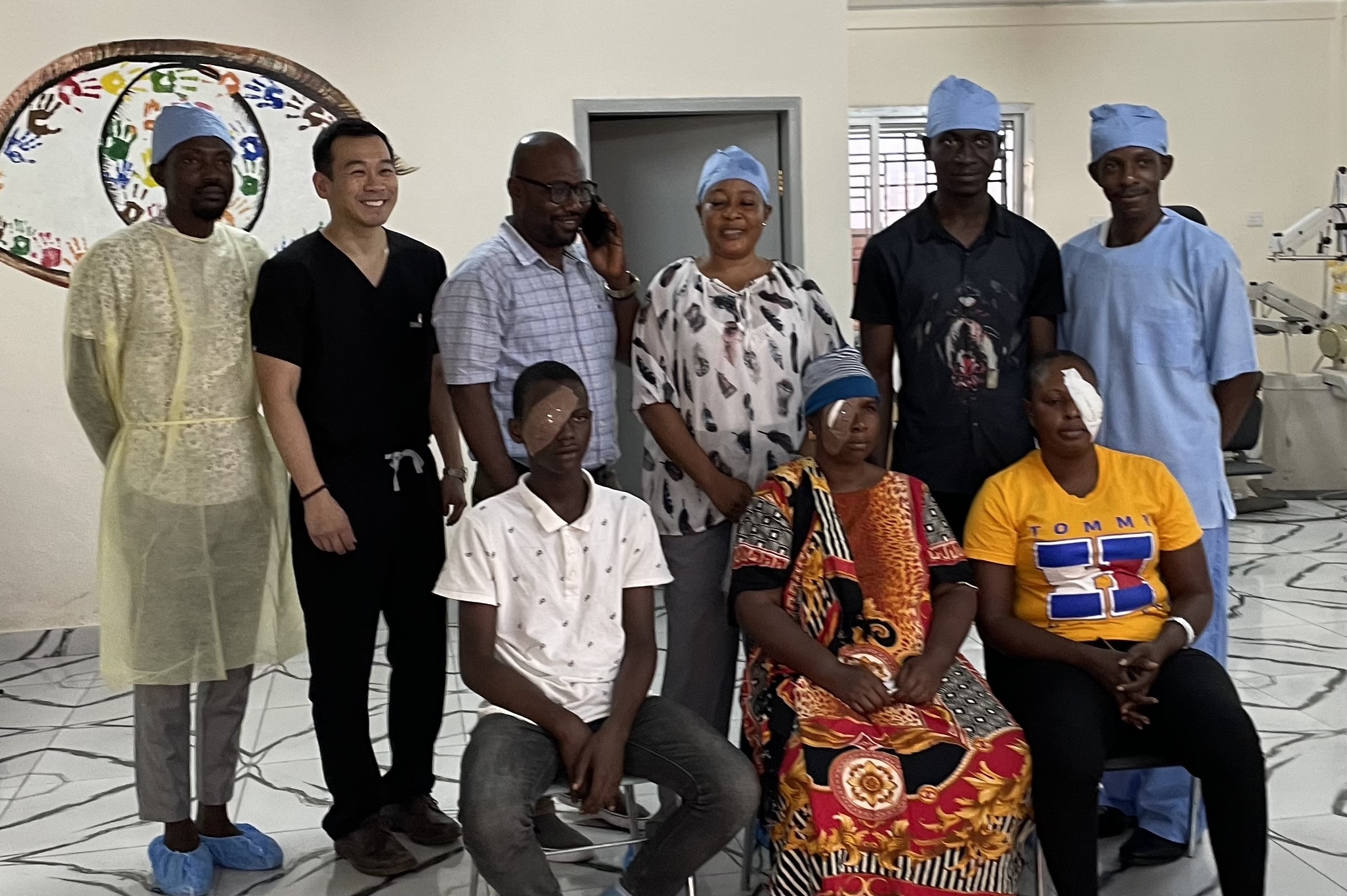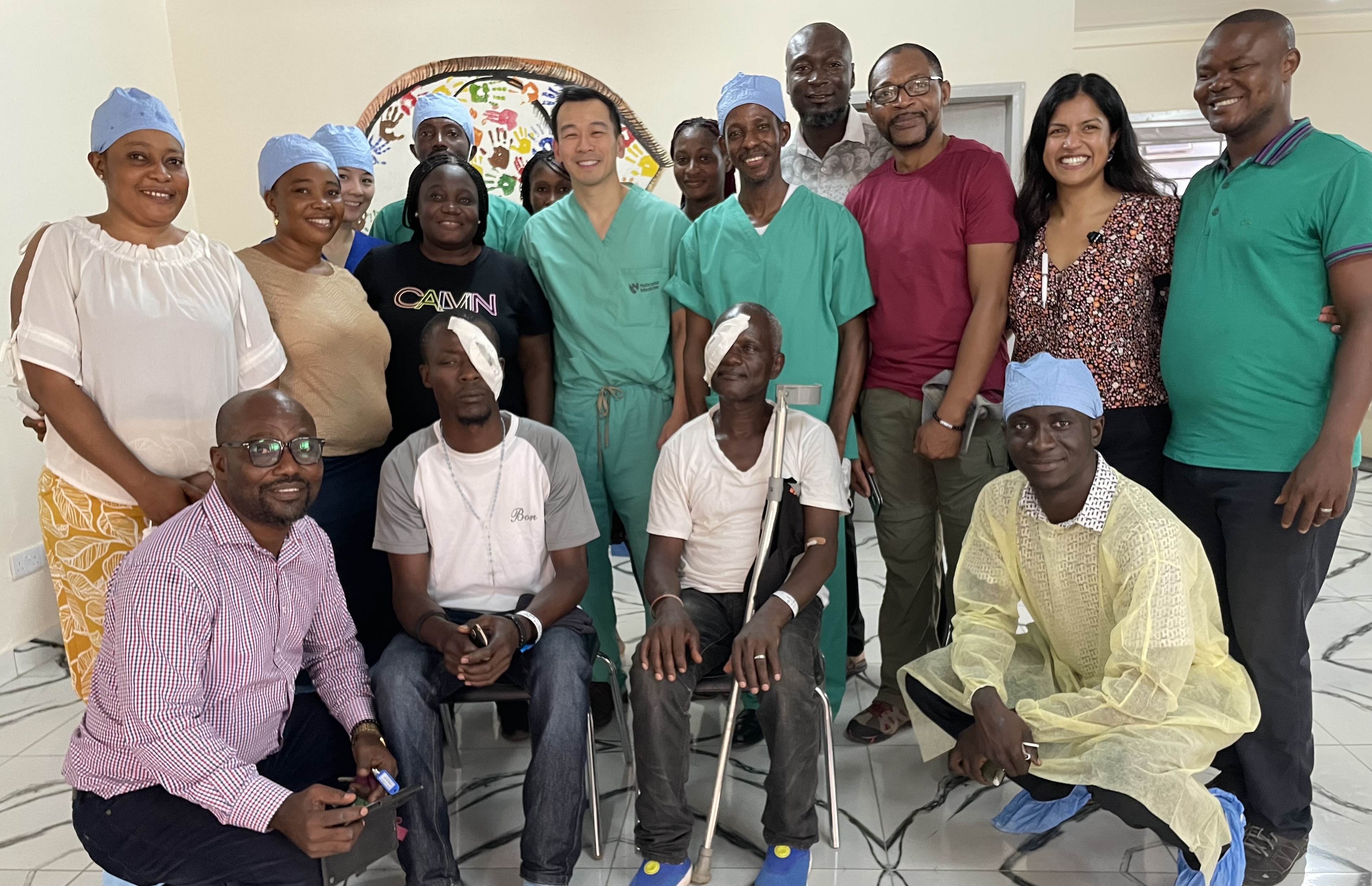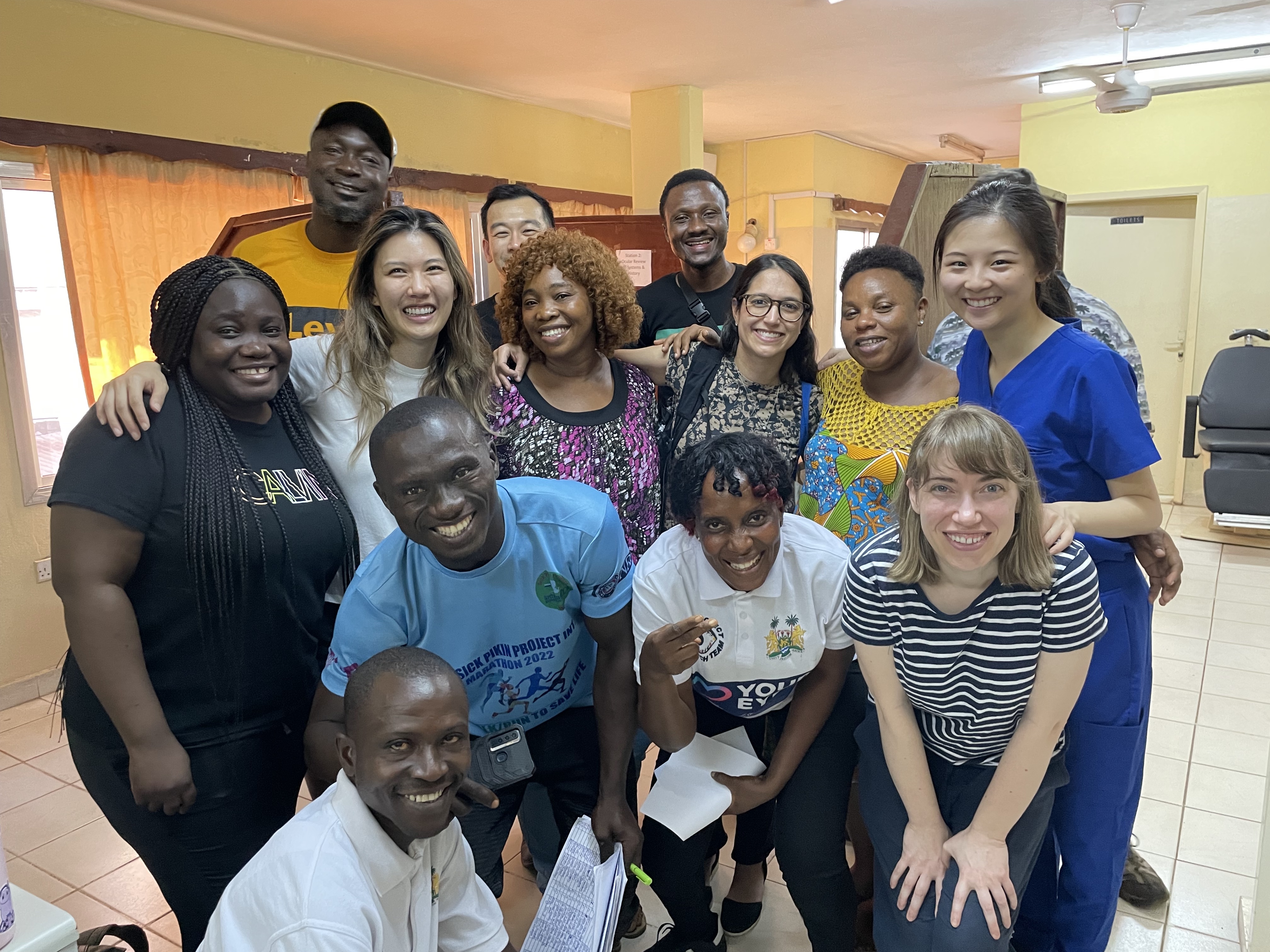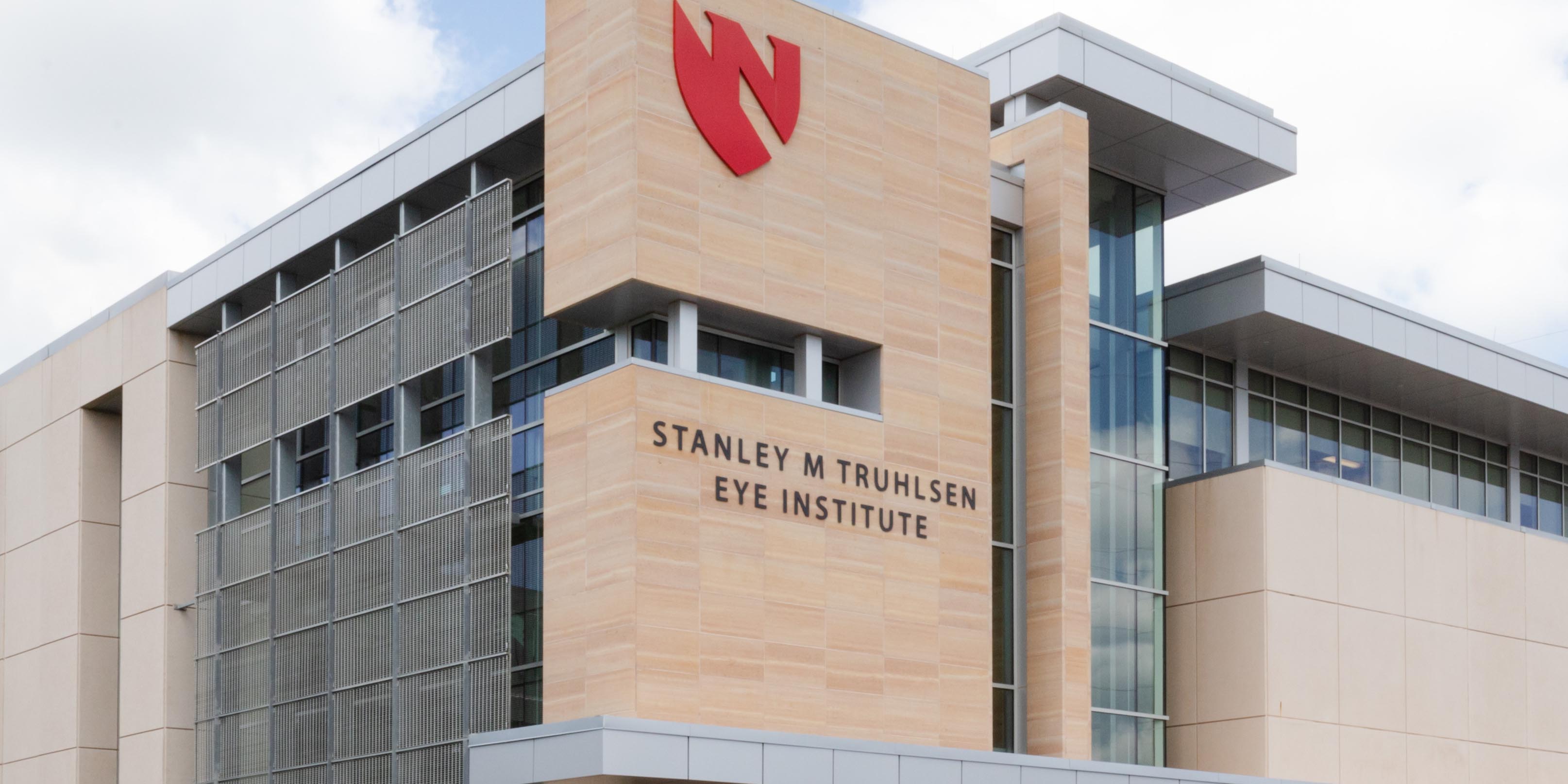
Ebola, Emerging Infectious Diseases and the Eye
Ebola, Emerging Infectious Diseases and the Eye: Ophthalmic Surveillance and Vision Health Systems Strengthening
Following the Ebola virus disease outbreak in West Africa from 2013-2016, there was increased recognition that Ebola survivors were at high risk of uveitis, a vision-threatening inflammation affecting the eye and surrounding structures.
Dr. Steven Yeh, the lead clinician for this program, collaborates with U.S. and African eye care providers, infectious disease, public health, immunology and molecular genomics specialists to understand the mechanisms that lead to uveitis and retinal disease conditions in Ebola survivors. Key areas of research include the potential for Ebola virus to persist within the eye and the body’s long-term immune response after Ebola virus infection.
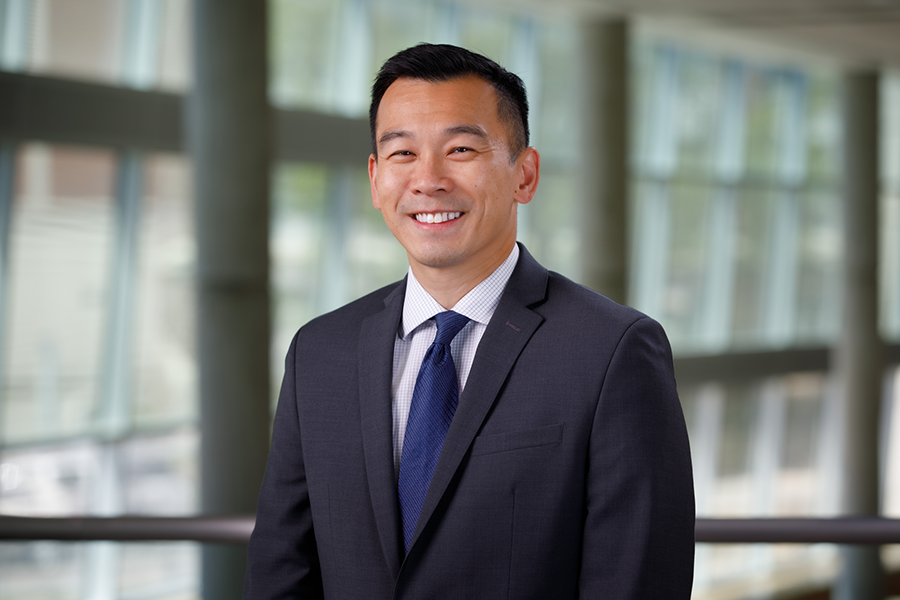
About the Program
Beyond Ebola, the team seeks to understand the ophthalmic consequences of other emerging infectious diseases within sub-Saharan Africa and resource-limited settings. Multiple emerging pathogens including Marburg virus disease, Chikungunya, and Monkeypox are known to cause eye disease but the epidemiology and pathogenesis requires ongoing research.
In this context, Dr. Yeh and his team of collaborators also seek to develop models of care and apply implementation science principles to strengthen vision health systems. Their team has worked in Sierra Leone, Liberia, Democratic Republic of the Congo, Kenya, and Honduras where discovery and training are ongoing with the ultimate goal of impacting vision health and patient quality of life. Lessons learned on innovative technologies in the United States will be translated to access opportunities in resource-limited settings in sub-Saharan Africa and Central America.
Ebola, Eye Disease, and Vision Health Systems Strengthening in West Africa
The West African Ebola virus disease from 2014-2016 was unprecedented in magnitude, leading to 28,600 affected individuals and over 11,300 deaths, and endangered health security globally. Following survival from the deadly Ebola virus infection, thousands of survivors were soon found to be at high-risk of uveitis, an eye condition that could lead to vision impairment or blindness if not immediately recognized and treated.
Dr. Steven Yeh and Dr. Jessica Shantha first discovered that Ebola virus could persist inside the eye, even after the virus had cleared the bloodstream, and lead to sight-threatening uveitis in a repatriated United States health worker. They first reported this key scientific finding in the New England Journal of Medicine and the New York Times and then began to understand this eye disease condition further in Liberia, Sierra Leone, and the Democratic Republic of the Congo from eye clinics established with fellow ophthalmologists and in-country care providers.
Their evaluation of patients in countries within West Africa showed that 25-33% of survivors were developing uveitis, many of whom developed vision impairment or even blindness. These concerning findings led them to continue to share their knowledge and develop eye care guidance for Ebola survivors. Most recently, they completed a 2-year study to evaluate Ebola survivors for persistent virus in the eye and delivered sight-restorative cataract surgery, documented in the New York Times story “Ebola’s Legacy: Children with Cataracts.”
Their ongoing work with the Ministry of Health and numerous partnerships at the Lowell and Ruth Gess Eye Hospital in Freetown, Sierra Leone, has continued since 2015, leading to examination of over 1200 Ebola survivors, vision-restorative surgeries for pediatric and adult survivors, and national educational symposia to provide local health care providers with management protocols, hands-on and case-based training for Ebola, uveitis, and retinal care.
More recently, key initiatives have also focused on vision health systems strengthening and capacity building, focusing on vitreoretinal surgical care, glaucoma surgery, pediatric eye surgery, and other ophthalmic subspecialty development through a West African Center of Excellence in Vision Care. These efforts are ongoing with physicians from the University of Nebraska Medical Center, University of California San Francisco Proctor foundation, Emory University, Central Global Vision Fund and many academic and private practice partners.
West African Center of Excellence in Vision Care
The West African Center of Excellence in Vision Care, supported through a USAID / American Schools and Hospitals Award Program Grant, will be developed at the Lowell and Ruth Gess Eye Hospital with multiple U.S. academic institutions to impact clinical care, biomedical research and education of eye care providers throughout West Africa. The eye hospital has served citizens of Sierra Leone from 1982 through the recent Ebola outbreak, making an indelible impact on vision health. This Center will accomplish the following objectives:
- Advance eye care delivery through patient outreach in rural areas, equipment and supplies for comprehensive eye care and ophthalmic imaging to manage blinding eye disease.
- Develop innovative biomedical research via infrastructure support, imaging, and a multi-functional procedure room for the care of infectious eye disease.
- Build educational capacity through expanded information technology, distance-learning enabled operating room, conference room, learning center, and Creativity Lounge.
- Communicate the impact of partners involved in this Center of Excellence through Radio, Print, Scientific Literature, and Local Media Communication
In The News
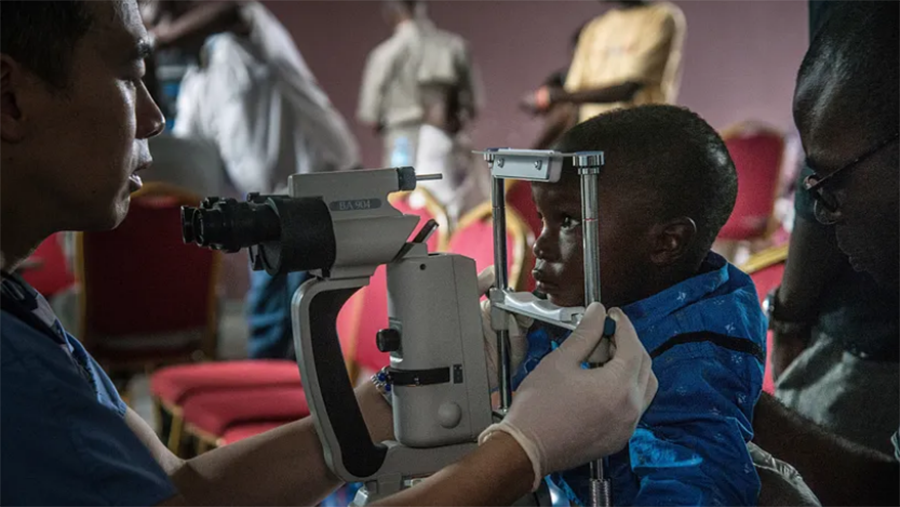
Eye care for Ebola survivors
In the Democratic Republic of the Congo, local ophthalmologists are learning to provide specialized care to Ebola survivors.
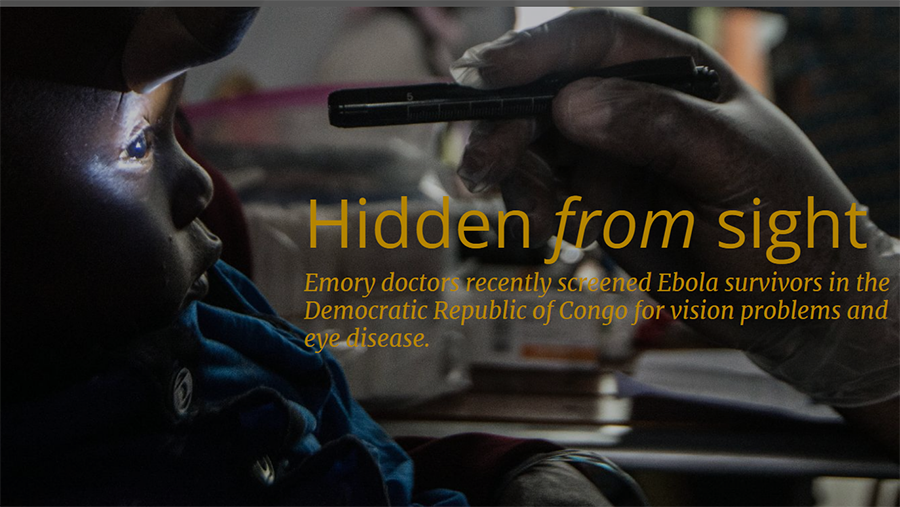
Hidden from sight
Emory doctors recently screened Ebola survivors in the Democratic Republic of Congo for vision problems and eye disease
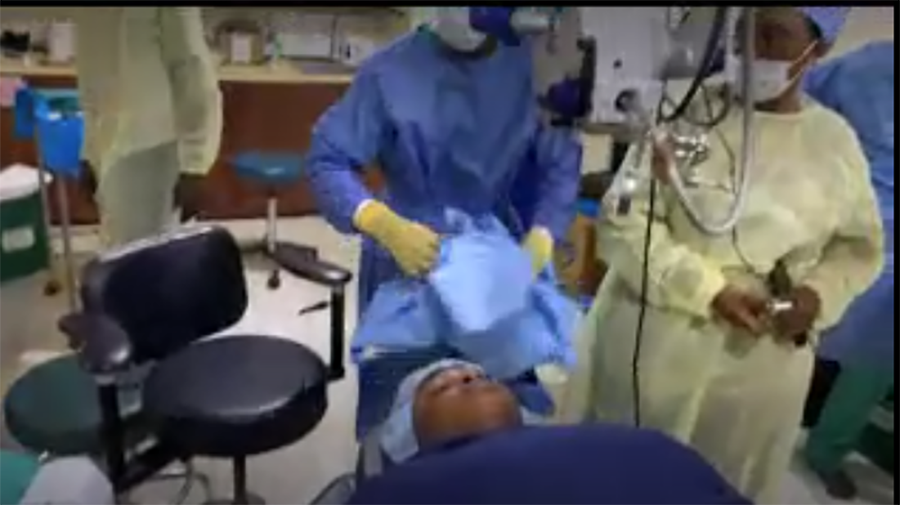
Video: VR Surgery
VR Surgery in Sierra Leone
